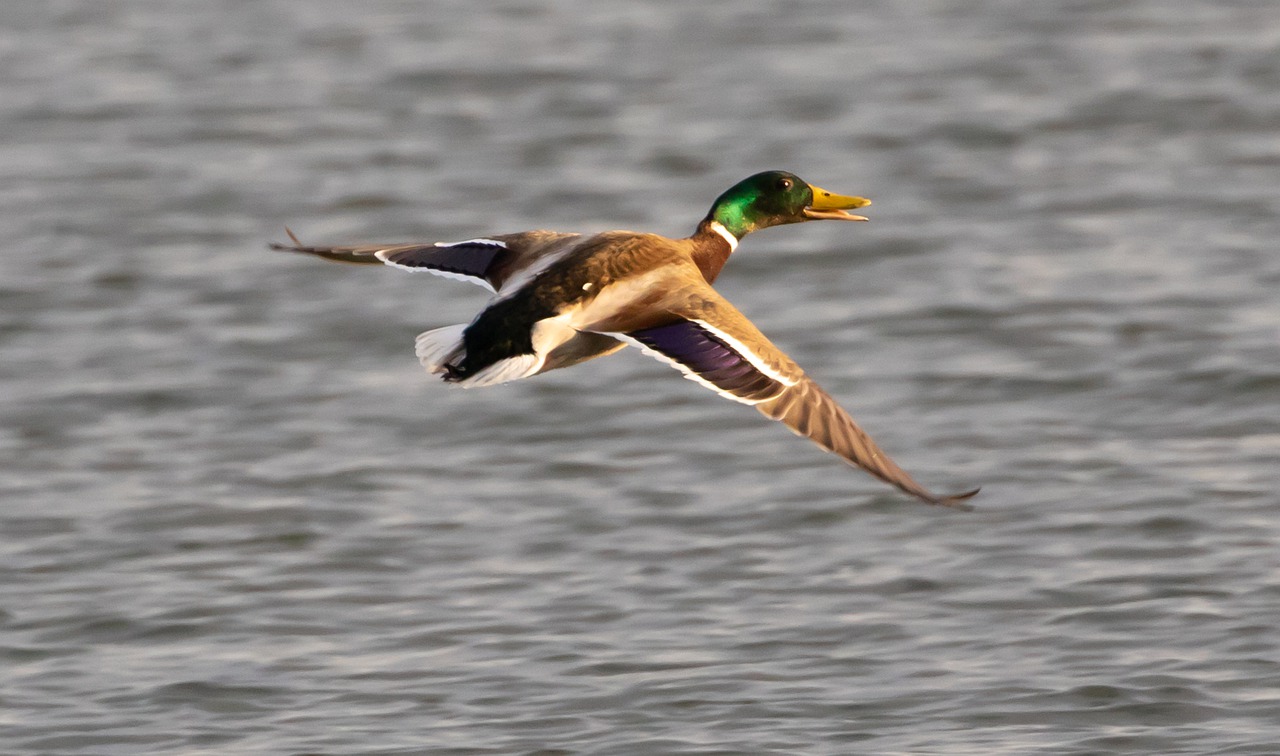
By MIKE COURSON
Great Bend Post
Duck season in Kansas began on Oct. 7. Despite a lack of water in much of Cheyenne Bottoms, Wildlife Manager Jason Wagner said there were still plenty of hunters and plenty of ducks at the refuge. One party was not welcome for Opening Day: avian influenza. As part of a national program, Wagner swabbed 30 ducks for the virus that day. Fifteen of the birds tested positive.
"Which is surprisingly a little bit higher than we expected," Wagner said. "McPherson did the same day that day and theirs was about 30 percent. Mine wasn't a whole lot different but it's something we will be monitoring. We want to test about 300-some ducks this year in our area."
Wagner said avian influenza will typically not affect humans, but it is a good idea to thoroughly cook duck meat. More important is keeping it away from other animals. Wagner suggested using different sets of boots for hunting and taking care of poultry at home, and keeping cats and dogs away from the dead ducks. According to the Centers for Disease Control and Prevention, the current strain of the virus has impacted 7,269 wild birds, 59 million poultry, and one human.
"It's been around for years and years but every so often, like anything else, there's a new strain," said Wagner. "Until they develop some immunity to that, it can be devastating to the population. It sure seems like the snow geese are the ones that are real susceptible to it."
Other birds listed on CDC reports in Kansas include mallards, great-tailed grackles, great horned owl, and several species of hawks.




